Learn more about our model
Learn more about our model
Who are we?
The non-profit environmental group Ecoembes was founded to make sure that packaging firms abide by their legal requirements to collect and recycle household packaging waste in the most effective and sustainable manner while ensuring its circularity.
We are what is known as a Producer Responsibility Organization (PRO) and the scope of our responsibility centers on waste from light household packaging (plastic, metal and cartons) and paper/cardboard that is put on the market every year by companies belonging to Ecoembes, and which represents the total universe of waste under our responsibility.
Here, we describe our model's characteristics, associated expenses, and method of financing. Additionally, we explain how it will change over the next few years.
A productive and cooperative model
The management of the packaging waste we produce throughout our everyday activities is a responsibility shared by governments, businesses, and individuals. At Ecoembes, we make sure that every link in this chain works effectively together and is committed to creating a world that is more circular and sustainable.
Thus, we create a public-private partnership-based paradigm with increased efficiency and social and environmental advantages.
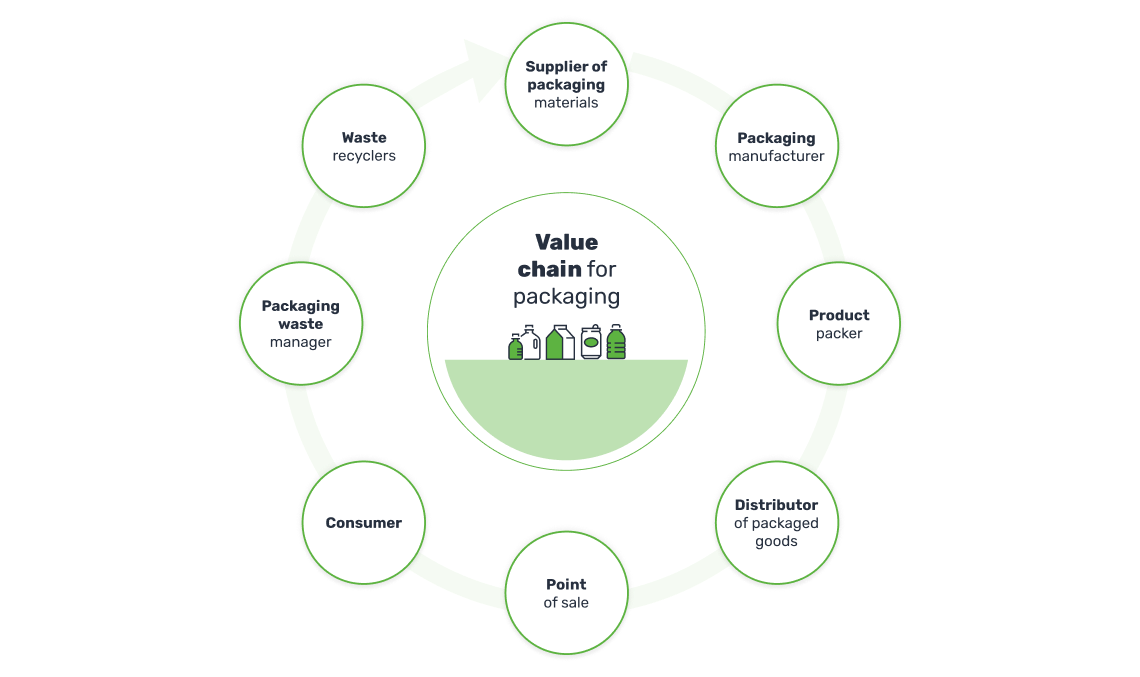
We all work together to encourage circular packaging
We assist businesses in integrating eco-design into the production of their packaging and manage and support the selective collection of packaging waste in Spain.
In completing this effort, we want to achieve packaging circularity, which will help to promote environmental sustainability.
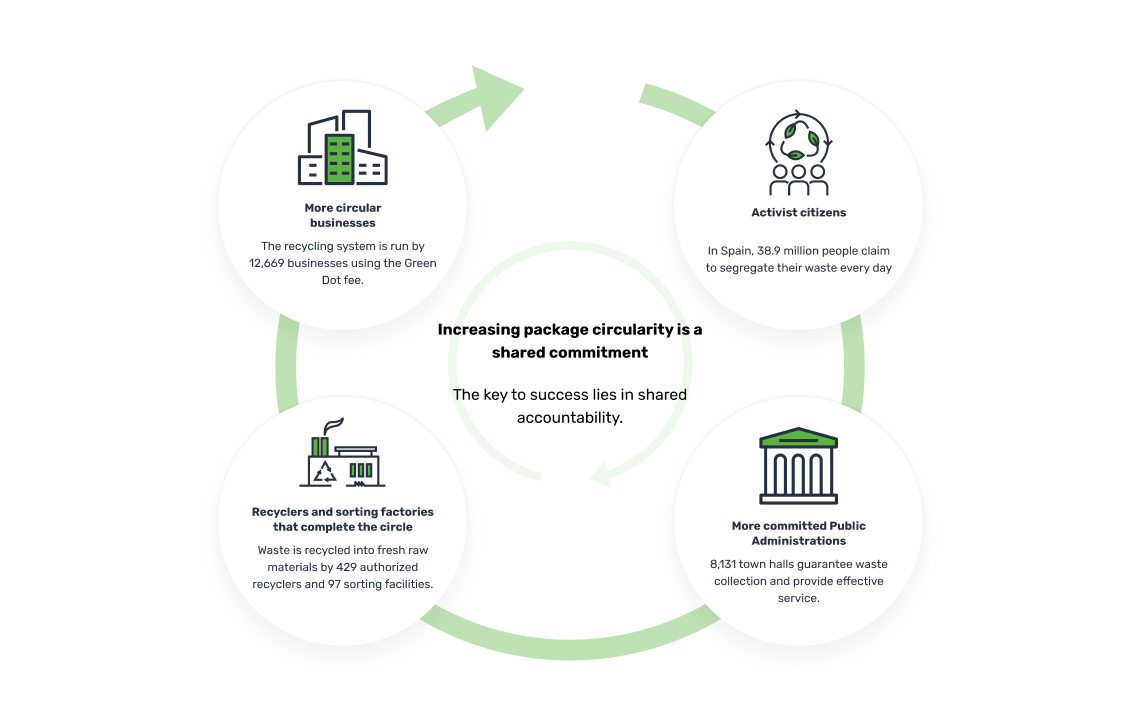
Thanks to all of them, it is possible to give packaging a new life, preserving resources and caring for our environment.
The cost of managing household packaging waste
Ecoembes assists local authorities in financing the expenses of their selective packaging waste collection services as the organization that channels the obligations of the businesses that make up the system and finance the procedure. In order to do this, we create agreements that guarantee this collection is carried out in the most effective manner at the least expensive in terms of the economy, society, and the environment.
More than 600 million euros are spent on proper waste management each year. Waste collection, sorting, and treatment costs, public awareness programmes, and structural costs are some of the expenses that must be met (control and monitoring costs, R&D&i and others). Here are some specifics.
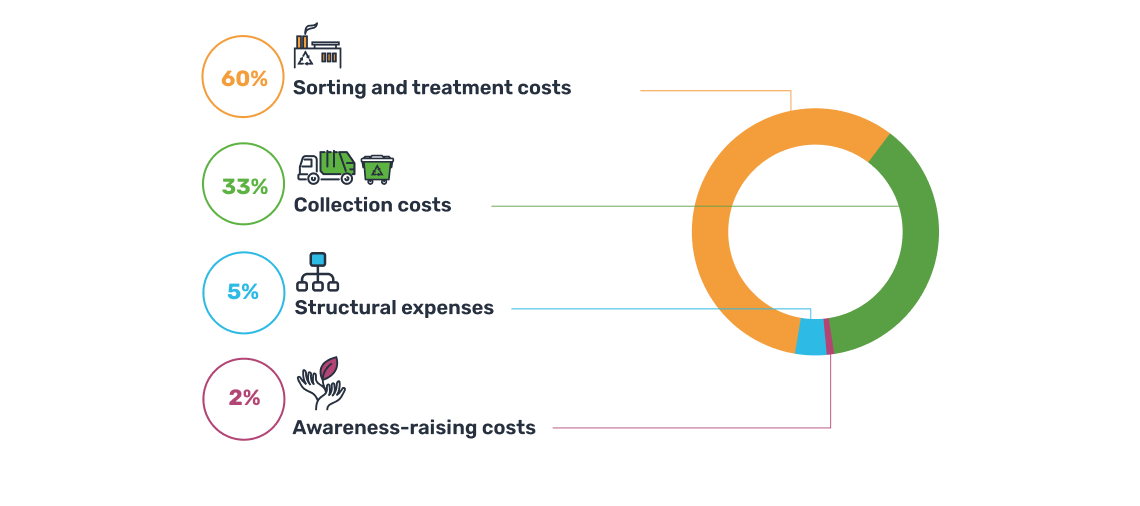
-
Streamlined annual accounting for Ecoembes. Visit our annual reports for more in-depth information.
How are Green Dot fees determined?
The agents in the packaging value chain who are represented in the several Ecoembes organizations and working groups are in charge of determining the Green Dot fee, which only depends on the expenses of handling light household waste.
This illustration depicts the procedure:
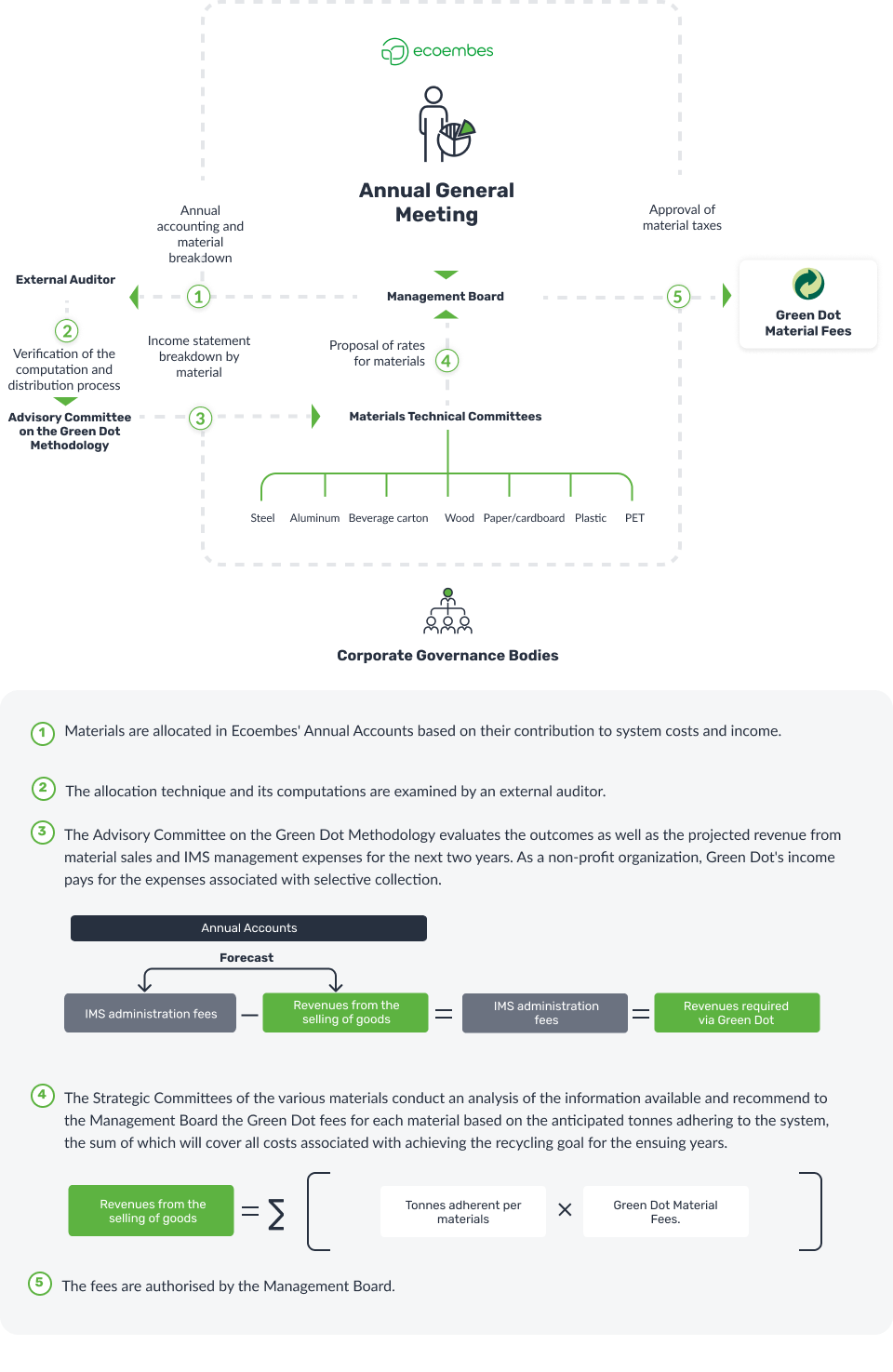
An ever-evolving model
In order to adapt to a society that is becoming more conscious of the need to protect the environment and to the new goals established by the European Union, our model is continually changing.
At every level of the procedure, we use creativity and technology to do this as quickly as feasible. Therefore, technologies like big data, sensor technology, the Internet of things, or blockchain are employed in projects like Planta 4.0, SmartWaste, or Circular Chain created inside TheCircularLab to enhance the control, monitoring, and management of waste.
The deflated unit cost of collecting and sorting in the yellow bin, the main measure of the model's effectiveness, has been decreased by 11.7% between 2010 and 2020 as a result of process improvement and cost control.
A solution for all packaging
Starting January 1, 2025, companies will also be required to take responsibility for the commercial and industrial packaging they place on the market. To assist our companies, Ecoembes offers a comprehensive, expert, and high-quality solution for all their packaging needs.
You might also be interested in
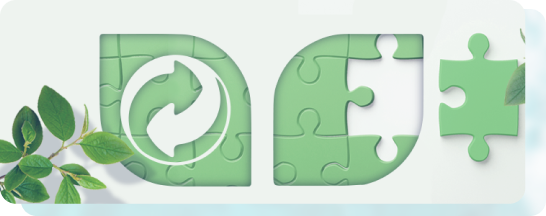
Team up with Ecoembes
Team up with Ecoembes
Learn the actions to take and requirements to submit a membership application.
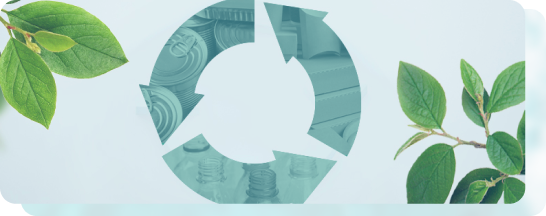
We can aid in your packaging's eco-design
We can aid in your packaging's eco-design
Get assistance putting prevention plans into action and learn about the circular economy.
